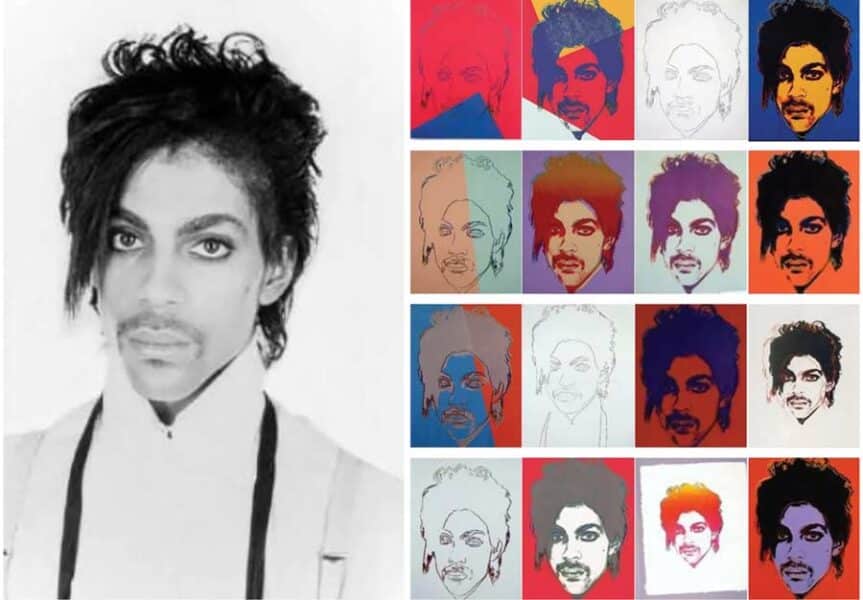Amberfi engaged the services of Lance Koonce of a leading Web3 intellectual law firm, Klaris, to answer questions from members of the community.
Have a question about digital collectibles and the law? Let us know and your question may be answered in a future column. Ask the Attorney appears Wednesdays in Amberfi.
Q: What does it take for a work to be considered transformative? Are there any standards or guidelines artists should be aware of?

A: That’s a question that keeps a lot of lawyers in new shoes. It’s a difficult question that the courts continue to struggle with.
There’s a case pending before the Supreme Court being dubbed the Andy Warhol copyright case. It was brought by a rock ‘n’ roll photographer against the Andy Warhol Foundation under a claim that Warhol violated her copyright by basing one of his colorful silkscreens on an image she captured back in 1981 of the musician Prince. Warhol incorporated the image into his art and made his changes, but where the line is drawn in terms of how much was changed — and whether it’s enough to constitute a fair use of that original work — is a big question mark. And that’s why it’s being considered by the Supreme Court.

People who practice in this area will suggest that they know it when they see it, but it’s not always that easy to tell. The rule of thumb is that there are four factors that go into the test:
- The purpose and character of your use
- The nature of the copyrighted work
- The amount and similarity of the portion taken — in other words, how much has it been transformed?
- And whether the use has a negative effect on the market value of the original work.
But it really comes down to how much have you transformed it? So all I can really say is, the more you’ve changed the underlying work and added new meaning and made it made it different in a meaningful way, the more likely it will be to be treated as a fair use.
The classic examples are typically for written works or film. A parody is something that is typically deemed a fair use. So are news reporting, education and scholarship.
But you can also take a painting and change it enough and add your own meaning to it so that that too might be transformative.
I wish I had a better answer. But again, this is stuff that keeps lawyers and courts up all night trying to figure this stuff out.
Imagery at top taken from Andy Warhol’s Marilyn Monroe diptych
Editor’s note: This is another in a series about NFTs and the law. Check out our blog for additional articles on the subject that will appear each week. Listen to our podcast episode with Lance Koonce on these topics here.
Disclaimer: The information provided on this Web page does not, and is not intended to, constitute legal advice; instead, all information and content on this page are for general informational purposes only. You should contact an attorney to obtain advice with respect to any particular legal matter, and you should not act nor refrain from acting on the basis of information on this site without first seeking legal advice from an attorney in the relevant jurisdiction.






